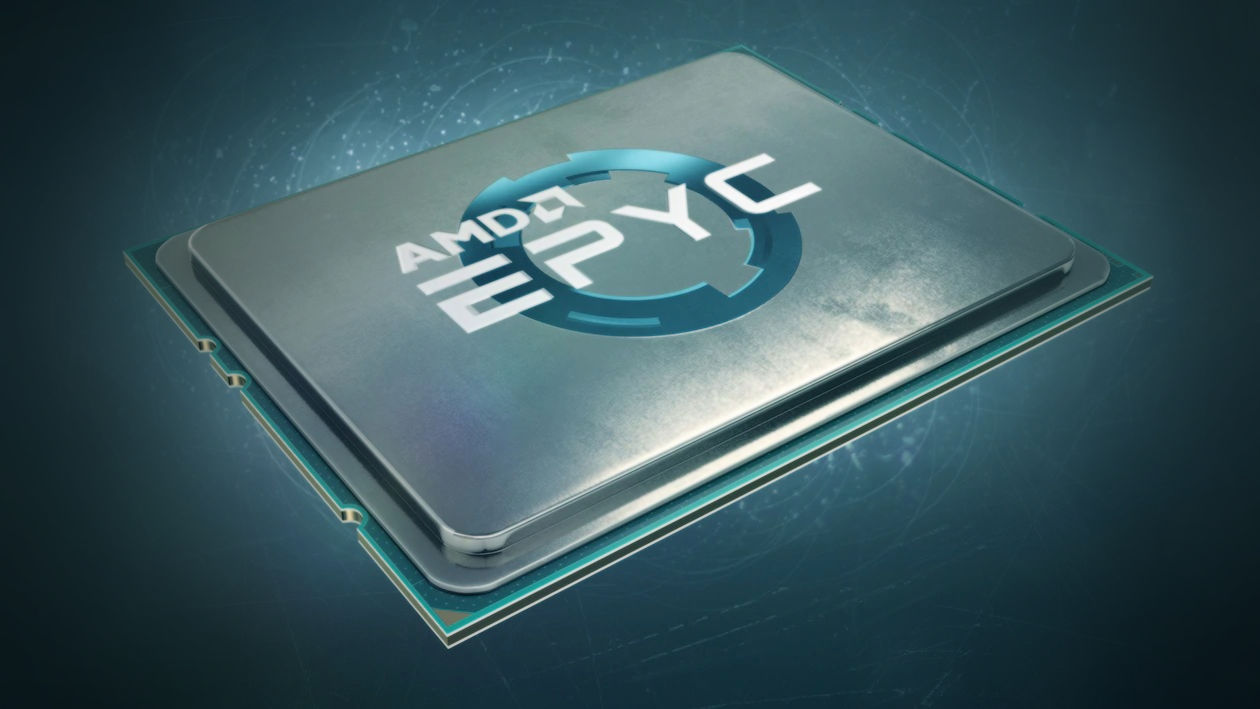
AMD 3rd Gen EPYC "Milan" full specifications confirmed - VideoCardz.com
AMD EPYC naming explained If a product needs a slide explaining its name then something must have clearly gone wrong. Not only do monitors have weird and indistinguishable names. Both Intel and AMD server processor naming is just as complicated to understand. For AMD EPYC server processors that...
Base clocks are the same or a tad lower than Rome but even the ones lower should be okay. Now there is only two 64 core models and one 48 core model. Might be trying to push the 32 core models more (ironically enough) to maximize profits?


